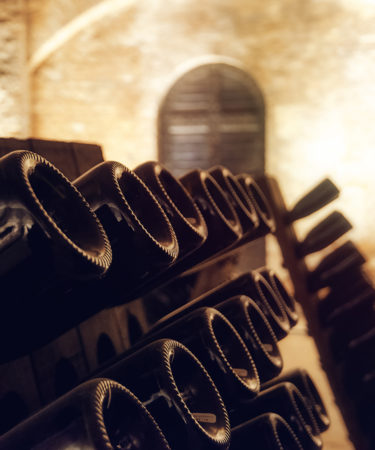You want to nod and look super important when someone mentions that a wine has been aged “sur lie,” or (and bless them), “on the lees.” And even though you thoughtfully take off your glasses and swirl your wine, inside, you’re paralyzed. Because what in the hell are lees?
OK, for once and for all, we’re here to inform and also tell those smarmy jerks to go smarm off. Lees are dead yeast, basically. Tiny one-celled organisms that creep around in the bottom of a vat of wine, unless they’re filtered out. (And by the way, that filtering, sort of, is called “racking,” but again, that’s for another issue.) Lees aren’t just yeast ghosts. They’re also particulate matter, coming from the grapes. Also, possibly, ghosts.
So why does aging on lees matter? Because, depending on the wine, it could absolutely impart flavor. Yeast, hate it or love it, creates a lot of the flavors we love. When’s the last time you had fresh baked bread and wished it didn’t taste so…yeasty? Yeast has a funk and a wheat-like hardiness to it, or whatever it makes. And it can impart that to beer or bread or wine, dead or alive. So letting a wine, or Champagne, sit on the lees (age “sur lie”) is basically the way a winemaker extracts more flavor. If and when it’s appropriate for the particular wine.
Speaking of—since aging on the lees, or basically having a wine party on dead yeast cells—tends to coax out proteins that bind with tannins, aging “sur lie” tends to happen more with white wines than red. Red wines don’t need a lot more contact with dead, decomposed yeast cell compounds or any of the other sediment in the wine. They don’t need their tannins bound up like some kind of Secretary situation. White wines, on the other hand, could absolutely use some tannin softening and flavor-enriching. The Veuve Cliquot actually saw sediment in the bottle and rejected it, wisely, and found a way to clarify her wine (it’s called riddling. Another story, again.)
The concept—letting wine sit around in yeast bones—originated in Burgundy, with (you guessed it) Chardonnay. But it persists as a function of winemaking (and can absolutely be overdone, but is generally extremely carefully monitored) to this day.
